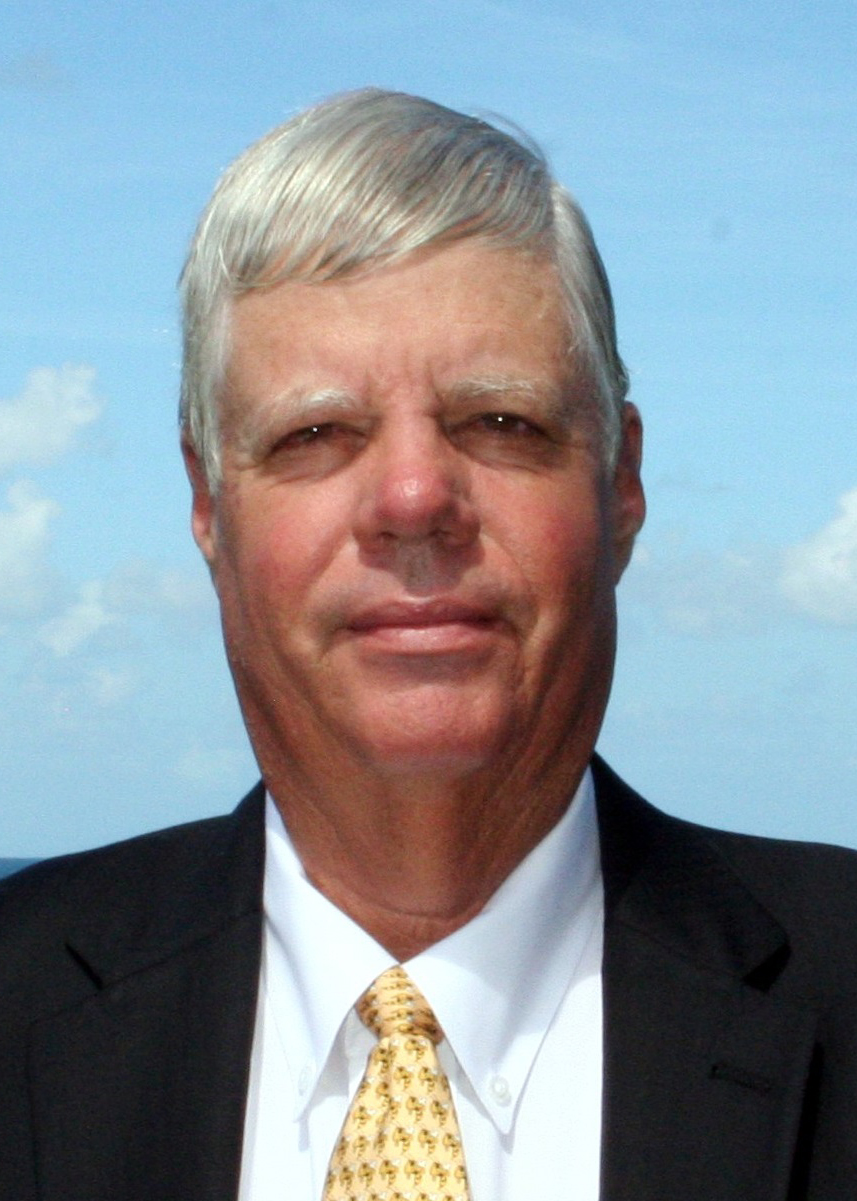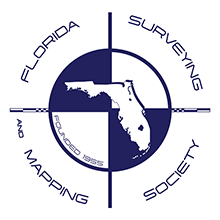- Home
- About Us
- Membership
- Education
- FSMPAC
- Sustaining Firms
- Conference
- Newsroom
- Resources
President's MessageLou Campanile, Jr. is the 2022 FSMS President. February 2022
Last month, I created a new FSMS Committee to help our members deal with probably the biggest concern in the provision of our professional services: Workforce Development (WD). The newly formed Workforce Development Committee (WDC) has been charged with investigating methods to help our members recruit and train employees that help us provide our services, both field and office positions. Don Elder chairs this committee, and Allen Nobles is vice-chair. Committee members also include: Dianne Collins, Bon Dewitt, PhD., Nick DiGruttolo, PhD., Sam Hall, David Hyatt, Russ Hyatt, Brian Murphy, Ray Niles, Rick Pryce, & Chad Thurner. The WDC held its first meeting in January, and I saw a lot of potential in the energy and ideas discussed during that meeting. Our profession will realize a lot of beneficial collaboration with this committee and its members’ vast and varied experiences, ideas, and momentum. After all, WD is an issue that affects us all who still practice the profession in addition to the public and consumers. Heck, it even stretches to other related service providers, such as title companies, realtors, construction and more. This committee is not charged with developing anything related to PSM apprenticeship, and by that, I mean that the committee’s focus is only on folks who want to make a career within the surveying and mapping profession, though not necessarily as a licensed PSM. As most of you know, we are facing legislation that seeks to make it “easier” to become a licensed PSM, mostly by deleting the mandated 4-year degree requirement for licensure. Well, the FACT is that there is nothing easy about today’s surveying and mapping profession, and this is rightly so, as many issues we face in our profession can and do affect the public, and easing the requirements to become licensed will not benefit the public. For sure, there are a lot of extremely qualified PSMs who do not have a 4-year degree, but the surveying profession has become so much more technically complicated since those folks took their exams. I know, I am one of those folks. Yes, I have a 4-year degree, as did my dad before me, but I know for a fact that, were my dad still alive, we both would most definitely feel blessed that we would not have to take today’s licensing tests. I attended the meeting of the Florida Board of Professional Surveyors and Mappers(BPSM) on January 25th. After that meeting, BPSM Executive Director Liz Compton emailed me the following data on those who passed the PS portion of the NCEES licensing exam: Now, extrapolate that level of change out into the future, and you will no doubt see today’s newly licensed PSMs reminiscing of bygone days, like I today look back at myself, with my drafting pencils or India ink pens, making a survey come to life while sitting at my drafting table that is littered with electric eraser dust and pounce. My, how far we have come. My, how far we will go. Unlike allied professions (e.g., civil engineering), the surveying and mapping profession has grown in technology at a very rapid pace and will continue to be a dynamic profession that will have increasing Intellectual characteristics as well. Formal education allows one to adapt and perform critical thinking and reasoning as this will be increasingly employed in such a rapidly changing and progressing profession like ours. And, yes, our profession is aged. There are much fewer licensees as a percentage of the general population today than when folks such as myself became licensed (35 years ago for me). However, because of the advances in technology, fewer can do more with less. To me, ours is a simple case of supply and demand. More supply, less demand. Less supply, more demand. And in order to facilitate our demand, we do not need an influx of licensees. We need more workforce to help us licensees facilitate that demand. Good fodder for our Strategic Planning Retreat in Gainesville on March 18th & 19th. |


